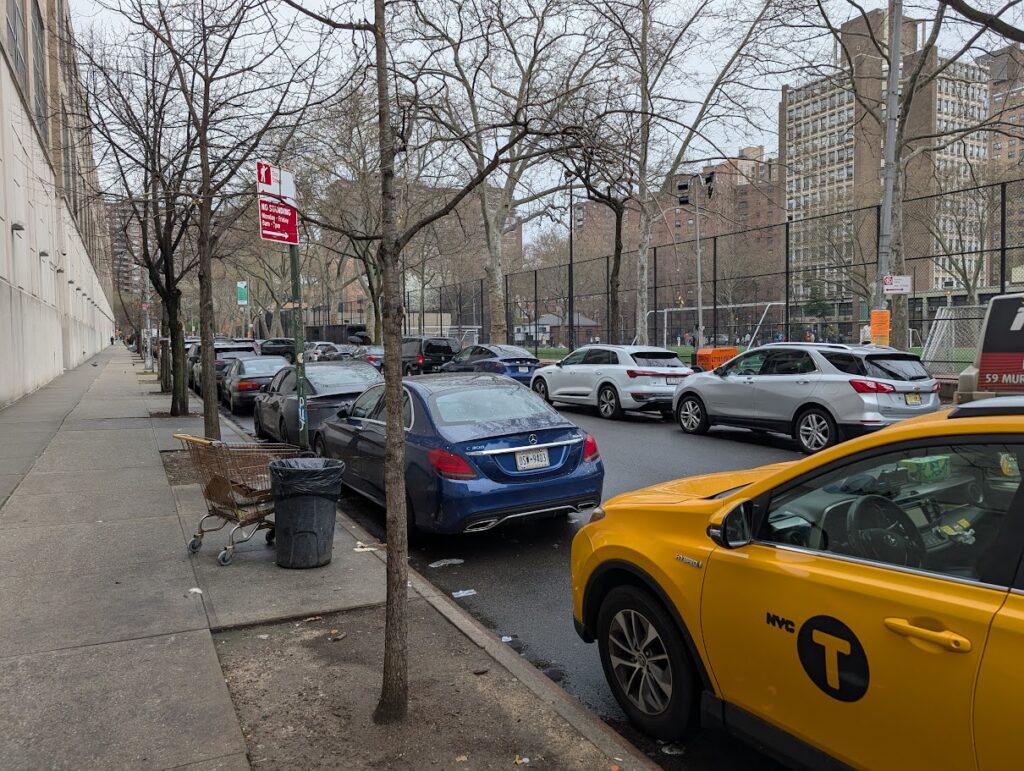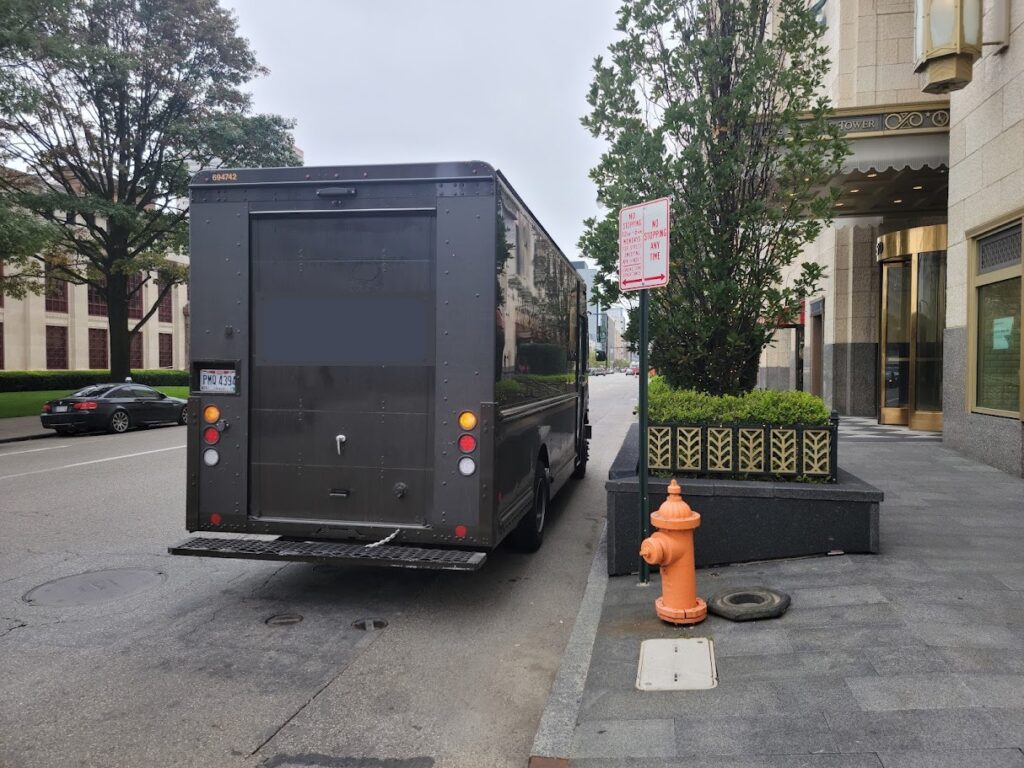Toronto’s innovative approach to curbside management has garnered attention for its creative solutions to urban space constraints. One such initiative is the designation of taxi stands at fire hydrant locations, a strategy that optimizes underutilized curb areas without compromising safety.

Implementation in Toronto
Traditionally, parking within three meters of a fire hydrant is prohibited to ensure unobstructed access for emergency services. However, recognizing the limited curb space in high-demand areas, Toronto amended its bylaws to permit licensed taxicabs to stand at designated hydrant locations under specific conditions.
According to the City of Toronto’s Curbside Management Strategy, these conditions include:
- The taxi must be at a designated stand marked by authorized signage
- The driver must remain in the vehicle, ready to move if necessary
- The taxi is actively waiting for hire or engagement
This policy ensures that emergency access is maintained while allowing for more flexible use of curb space. See it ‘in the wild’ in this Google Streetview link of Front Street in Toronto.
Recognition by ITE
The Institute of Transportation Engineers (ITE) highlighted Toronto’s approach in its Curbside Management Case Study, noting the city’s efforts to balance various curbside demands through innovative strategies. The case study emphasizes the importance of such initiatives in managing the competing needs of urban curb spaces.
Adoption in Other Cities
While Toronto’s strategy has influenced other municipalities, the City of Victoria, British Columbia was slightly ahead of them. The city initiated a one-year pilot program in 2016 to designate select fire hydrant zones as taxi stands. The aim was to alleviate downtown parking congestion by utilizing underused curb space. The pilot included six locations, with clear signage indicating the designated taxi stand areas. Under the program, taxi drivers were required to remain in their vehicles and vacate the spot immediately if needed for emergency access. The initiative was formalized through Bylaw No. 16-089, amending the Streets and Traffic Bylaw to permit such use.
Another city reviewing this approach is the City of Vaughan, highlighting Toronto’s approach to allow taxicabs to stand at hydrant locations provided drivers remain with their vehicles and vacate the spot when required by emergency services. This recommendation was put forth to the City in a recent study.
In New York City, the Department of Transportation (NYC DOT) maintains taxi and for-hire vehicle (FHV) relief stands, which are designated areas where drivers can park and leave their vehicles for up to one hour. While these relief stands are not specifically located at fire hydrants, they represent a similar effort to optimize curb space for taxi operations. The NYC DOT’s Curb Management Action Plan discusses strategies for managing curb access, including short-term standing in bus lanes, bike lanes, and near fire hydrants, particularly in high-demand areas like Manhattan below 60th Street.

Caution and Considerations
While these strategies offer innovative solutions to curbside management, they also require careful implementation to ensure safety and compliance. Key considerations include:
- Emergency Access: Ensuring that designated taxi stands at hydrant locations do not impede emergency services is paramount. Clear signage and strict enforcement are necessary to maintain this balance.
- Driver Compliance: Policies must mandate that drivers remain in their vehicles and be prepared to move immediately if required. Regular monitoring and enforcement can help ensure adherence to these rules.
- Public Awareness: Educating both drivers and the public about the purpose and rules of these designated areas can foster better compliance and understanding.
By addressing these considerations, cities can effectively implement such curbside management strategies, optimizing urban space while maintaining safety and accessibility.
Conclusion
Toronto’s policy of permitting taxi stands at fire hydrant locations exemplifies a pragmatic solution to urban curbside challenges. By rethinking traditional restrictions and implementing controlled measures, the city enhances the functionality of its streets without compromising safety. As urban areas continue to grapple with limited curb space, such innovative strategies offer valuable insights for effective curbside management. Could we see this at scale for Transportation Network Companies like Uber and Lyft in urban areas in the near future?